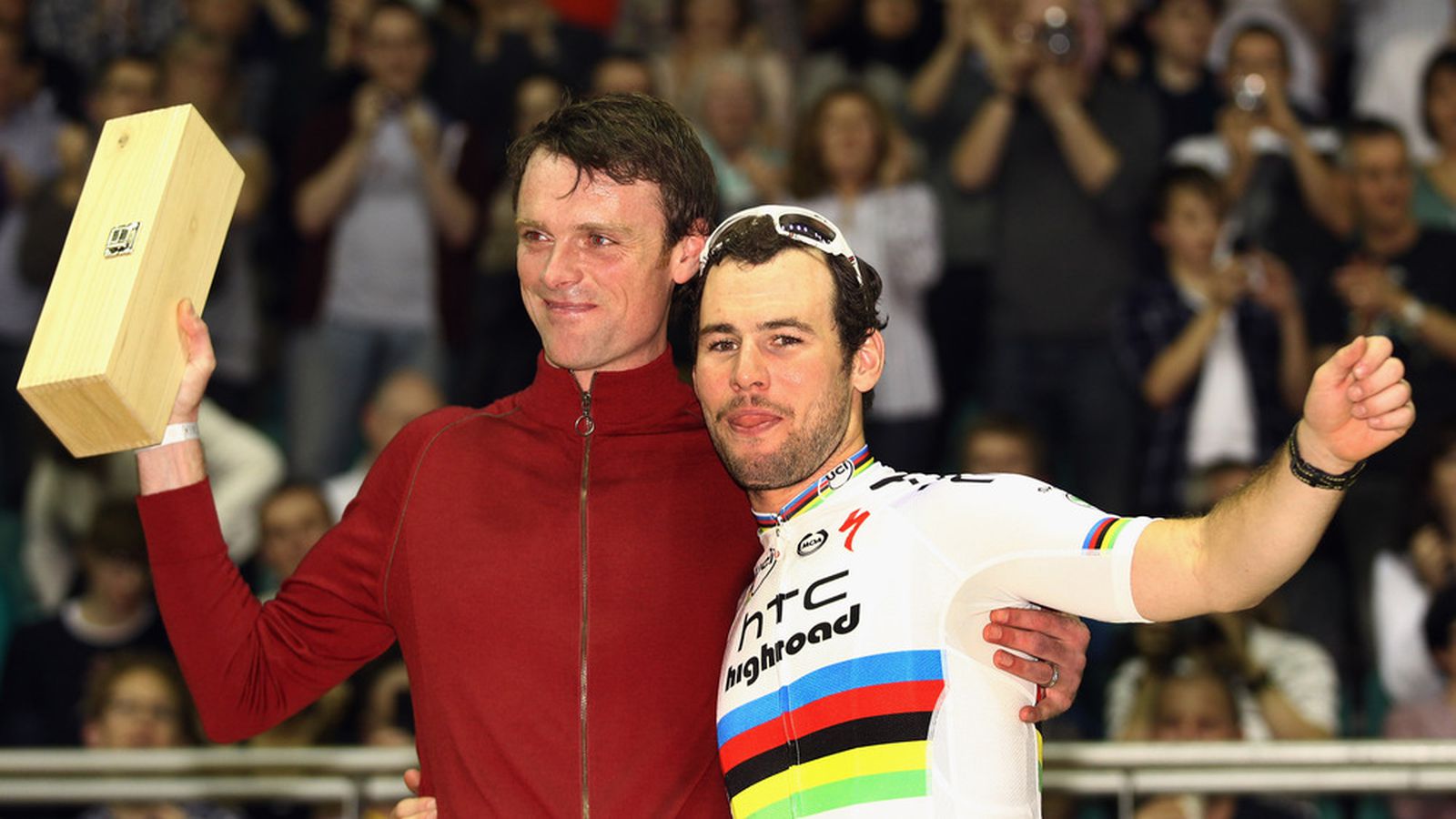- Apr 3, 2009
- 12,713
- 8,666
- 28,180
Couldn't find it in the UCI rules pdf, is it still a thing, or has it been removed from the rules with the advent of the EPO test and Passport and all that? Thanks!

"Hayles's chances of selection for Beijing - and his last chance to go for gold - more ore less ended on the opening day of the 2008 World Track Championships in Manchester. The UCI blood testers turned up at the team hotel that first morning and Hayles was found to have a haematocrit 0.3 points above the 50% limit. The rules said that was unhealthy and he was benched. Just about everyone - including his wife and Dave Brailsford - asked him if he'd doped. He maintained his innocence."
"British Cycling presented data to the UCI and at some point later that year the UCI dropped the 50% rule."
Don't forget Cunego (allegedly his Htc was suddenly always under 50% once the passport got introduced).The rule is also likely gone because the anti-doping and health experts behind the 50 % rule didn't really believe that it was too dangerous to ride if one's Hct was a slightly higher one.
Otherwise the UCI would not've given some riders such as Jonathan Vaughters, Alberto Contador and Charly Wegelius permission to compete with Hct a few points above the limit.
I recall asking JV about the rule eight or nine years ago. He said it had been scrapped because of the ABP, that once that was up to speed it wasn't needed, both from a scientific and a financial point of view.The rule is also likely gone because the anti-doping and health experts behind the 50 % rule didn't really believe that it was too dangerous to ride if one's Hct was a slightly higher one.
I recall asking JV about the rule eight or nine years ago. He said it had been scrapped because of the ABP, that once that was up to speed it wasn't needed, both from a scientific and a financial point of view.
I'm not sure of the science behind the rule. The Italians looked at the effects of dehydration, but that was Pasquale Bellotti and the guys at CSAD at the 1999 Giro. That was three years after various people had called for the rule to be introduced: Francesco Conconi in June 1996; Daniel Baal, Roger Legeay and Jean-Marie Leblanc in October 1996; in November 1996 it was a group of Italian riders calling for its introduction (Gianni Bugno, Claudio Chiappucci, Maurizio Fondriest and Marco Pantani - all visitors to Ferrara).
Another sports that influenced UCI must've been speed skating, and it had perhaps the strictest blood testing protocol in the late-1990s with its SAFE-program (Safe and Fair Event) with the first biological passport protocol developed mainly by Dr. Jim Stray-Gundersen.The external factors - as you say, what was happening in skiing - should also be a part oft... Even years after Verbruggen continued to call it an interim measure, maybe he really did believe that to be the case, that an EPO test was just around the corner. See this, part of his response to the CIRC report.
The summary of the CIRC’s reasoning is then found on page 118: the health tests “acted as a cataclyst to spread even further the use of EPO in the peloton, because in essence it condoned the use of EPO to a certain limit. The message was basically that ‘you could dope, but not too much’”.
...
If there had been no health tests and no no-start rule, riders could have increased their haematocrit with EPO up to 60 % or more, without risking a no-start. So, in the reasoning of the CIRC, the absence of a no-start rule would then have condoned the use of EPO without limit. In the reasoning of the CIRC, the message would have been: you can dope as you like. Would the CIRC have preferred this then? What a nonsense!





